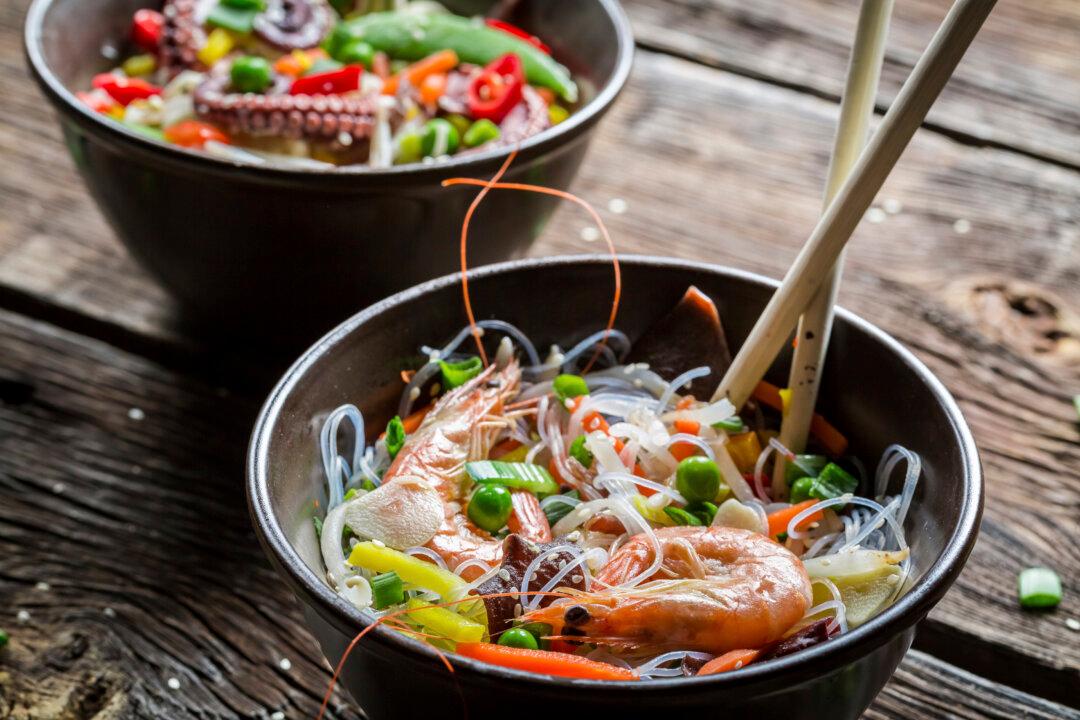In our super-sized world, it’s not easy to eat less at meals. But a new study suggests even modest incentives to eat smaller portions can pay off in a big way.
Call it the “Happy Meal effect.” Given the choice between a full-sized meal and one half the size with a modest “prize,” people will consistently choose the smaller meal. What’s better, it doesn’t take a free car to motivate healthier eating. Just the chance of winning a $10 lottery is enough.
Researchers say the findings could be a way to fight obesity rates and health care costs.





